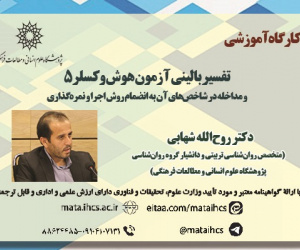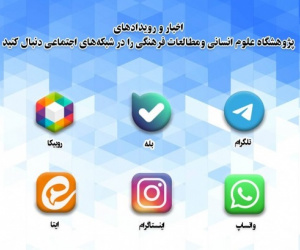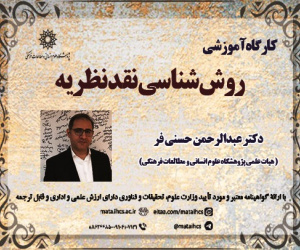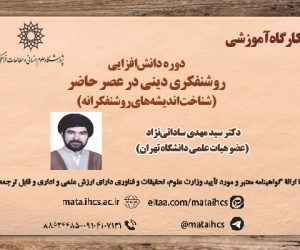شناسایی روش های رایج آموزش انشانویسی و تحلیل وضعیت توانایی انشانویسی دانش آموزان ابتدایی
آرشیو
چکیده
پیشینه و اهداف: نوشتن یکی از مهارت های اصلی است که دانش آموزان را در یادگیری بهتر دروس و برقراری ارتباط با دیگران یاری می کند. این مهارت باعث می گردد تا دانش آموزان افکار، اندیشه ها و احساسات خود را به نحو موثری بیان نمایند. لذا در دوره ابتدایی بحث انشانویسی، بندنویسی و تقویت مهارت های نوشتن مورد توجه است. بنابراین پژوهش حاضر با هدف شناسایی روش های رایج آموزش انشانویسی و تحلیل وضعیت توانایی انشانویسی دانش آموزان ابتدایی انجام شد. روش ها : پژوهش حاضر کاربردی از نوع ترکیبی (کیفی و کمی) بود. جامعه آماری در بخش کیفی منابع و مقالات معتبر و مصاحبه با معلمان ابتدایی و در بخش کمی دانش آموزان دوره دوم ابتدایی شهر تهران بودند. نمونه مورد مطالعه نیز با استفاده از روش تصادفی 30 نفر از دانش آموزان دختر پایه ششم منطقه یک تهران انتخاب شدند. ابزار پژوهش در بخش کیفی یادداشت برداری و مصاحبه بود و در بخش کمی چک لیست ارزیابی انشانویسی بود. یافته ها: یافته های پژوهش نشان داد که روش های آموزش انشانویسی در دوره ابتدایی شامل روش تقلیدی، بازسازی، تولیدی، زبان ساز، سنتی، الگویی، فرایندی، ترکیبی، ارتباطی و تلفیقی و خلاقانه معمول است. همچنین یافته های بخش کمی نشان داد که وضعیت مهارت های انشانویسی دانش آموزان ابتدایی کمتر از حد میانگین (14/64) است. نتیجه گیری: نتایج این پژوهش می تواند برای معلمان دوره ابتدایی راهگشا باشد. نتیجه گیری: این پژوهش بیانگر این است که برای بهبود وضعیت مهارت های انشانویسی، نیاز است که نظام آموزشی و تدریس در این زمینه متحول شود و رویکردهای فعال و دانش آموز محور در کلاس های درس تجلیل و اجرا شوند.Identifying common methods of teaching essay writing and analyzing the status of essay writing ability of elementary school students
Background and Objectives: The abstract is one of the most important parts of a paper. The abstract must be presented on a separate page and contain at least 500 words. The abstract must not contain any reference or abbreviation. It must be well-organized and has the following parts: Background and Objective, Materials and Methods, Findings, and Conclusion. Background and Objective should briefly include the background about the researched topic. It is a simple way of stating the problem investigated. Objective should address the significance and goals of the study. Goals must be clearly expressed and let the readers understand why the study has been carried out. Methods: Materials and Method include Participants, Instrument(s), Material(s), Procedure, and Data analysis. It concerns general information about the sample and population, research instruments used to gather data, the materials, timing and type of the intervention, and data analysis techniques. Findings: In this section the results of data analysis are explained. Related statistical tests and confidence intervals must be introduced and reported comprehensively and in detail. Conclusion: It is not the repetition of the findings. It should convey the final conclusion of the study which accompanies authors’ suggestions and the discussion regarding the application of the results in their special field. Limitations and obstacles faced during the study should be mentioned in the conclusion section as well.







